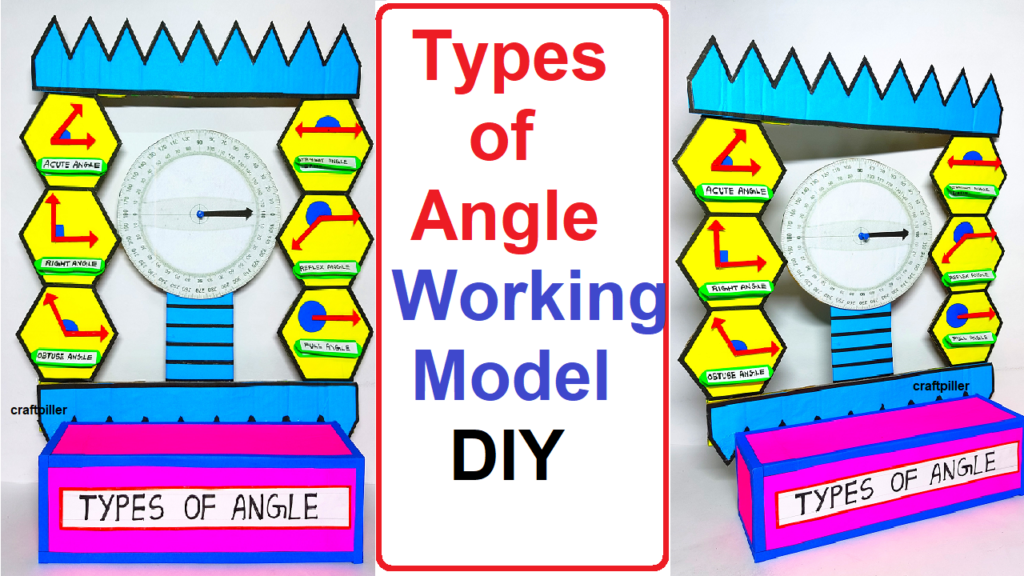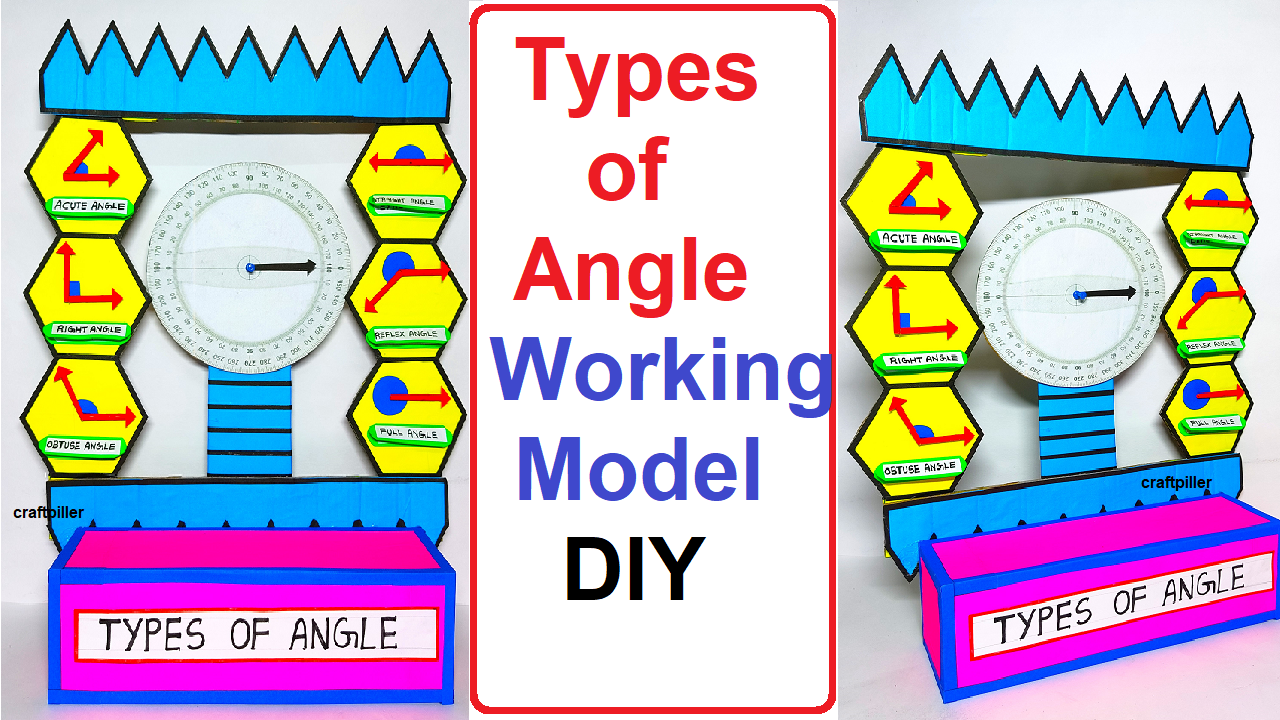Angles are fundamental geometric elements that measure the amount of rotation between two intersecting lines.
They are classified into various types based on their measures and characteristics.

Here’s an introduction to the common types of angles:
- Acute Angle:
- An acute angle is any angle that measures less than 90 degrees. It is sharp and narrower than a right angle.
- Example: An angle measuring 45 degrees is an acute angle.
- Right Angle:
- A right angle measures exactly 90 degrees. It forms a perfect “L” shape and is commonly found in squares and rectangles.
- Example: The angle formed by the corner of a book or the intersection of two walls is a right angle.
- Obtuse Angle:
- An obtuse angle is greater than 90 degrees but less than 180 degrees. It is wider and less sharp than a right angle.
- Example: An angle measuring 120 degrees is an obtuse angle.
- Straight Angle:
- A straight angle measures exactly 180 degrees. It forms a straight line, and its arms are in opposite directions.
- Example: The angle formed by a straight line or a perfectly opened book is a straight angle.
- Reflex Angle:
- A reflex angle is greater than 180 degrees but less than 360 degrees. It extends beyond a straight angle.
- Example: An angle measuring 220 degrees is a reflex angle.
- Full Angle (360 Degrees):
- A full angle measures 360 degrees, representing a complete rotation around a point. It is also known as a complete angle or a revolution.
- Example: The rotation of the Earth around its axis completes a full angle in 24 hours.
Understanding the types of angles is crucial in geometry, trigonometry, and various mathematical applications.
Angles are often identified by the symbol ∠, followed by the letters representing the points where the lines intersect.
Creating a working model to understand types of angles using a 360-degree circle can be an effective way to visualize and learn about angles in mathematics. Here’s a simple guide to make a hands-on model:
Materials:
- Large cardboard or foam board
- Protractor
- Compass
- Ruler
- Marker
- Colored paper or cardstock (optional)
- Craft knife or scissors
- Push pin or small brad fastener
- String (optional)
Step by Step Working Model Instructions:
- Prepare the Base:
- Cut a large circle out of the cardboard or foam board to represent the 360-degree circle.
- Divide the Circle:
- Use a protractor to mark and draw lines at every 10 or 15 degrees around the circle. These will be reference points for various types of angles.
- Label the Angles:
- Label the points where you’ve drawn lines with the corresponding angle measures (e.g., 0°, 30°, 45°, 90°, 180°, etc.).
- Types of Angles:
- Use a different color or shading to represent different types of angles. For example:
- Right angles (90°) – Mark with an “R.”
- Acute angles (less than 90°) – Shade in a specific color.
- Obtuse angles (more than 90° but less than 180°) – Shade in a different color.
- Use a different color or shading to represent different types of angles. For example:
- Cut Out a Movable Arm (Optional):
- Cut out a triangular piece of colored paper or cardstock to represent an “arm” that can be rotated around the center of the circle.
- Attach the Arm (Optional):
- Use a push pin or small brad fastener to attach the movable arm to the center of the circle. This will allow you to demonstrate various angles by rotating the arm.
- String for Measurement (Optional):
- If you’d like a more dynamic model, you can attach a piece of string to the center of the circle and use it to measure and create angles. Mark the string at specific intervals to indicate different angle measures.
- Label the Types of Angles:
- Label the types of angles around the circle, such as “Right Angle,” “Acute Angle,” and “Obtuse Angle.”
- Presentation:
- During a presentation or demonstration, rotate the movable arm or string to show how different types of angles are formed on the circle.
This model allows you to physically engage with different types of angles and their measurements on a 360-degree circle. It’s a visual and interactive way to reinforce concepts related to angles in mathematics.

